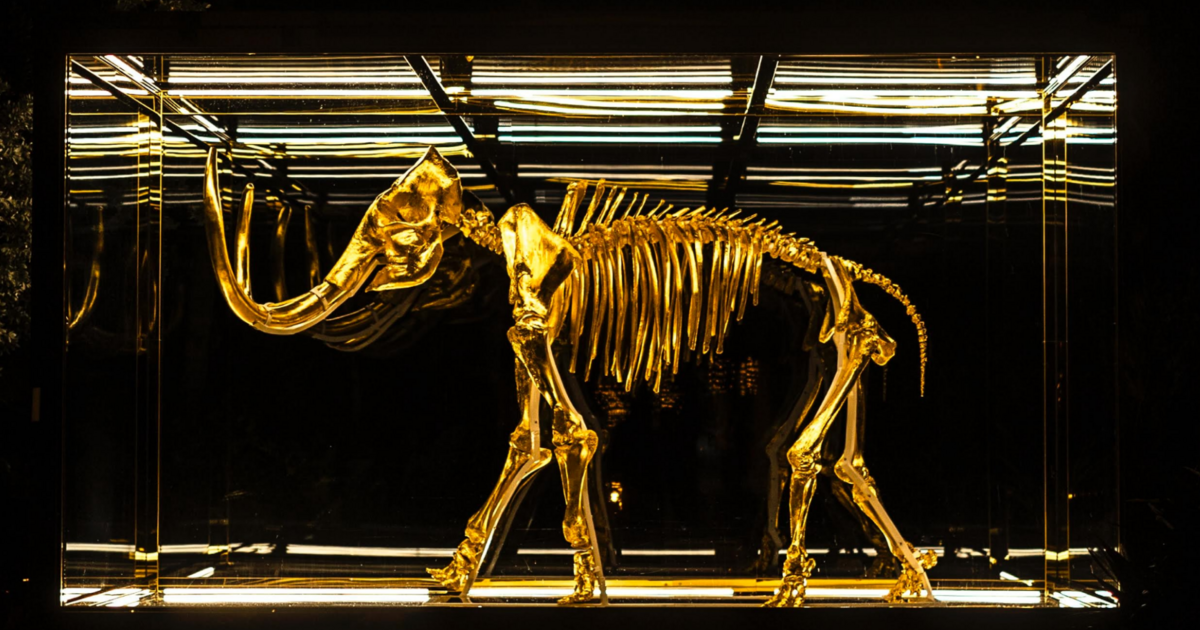Summer read: a new paper on model-based clustering just appeared in Computo!
Julien Jacques and Brendan Thomas Murphy publish a new method for clustering multivariate count data. The method combines feature selection and clustering, and is based on conditionally independent Poisson mixture models and Poisson generalized linear models.
On simulations, the Adjusted Rand Index (ARI) of the model with selected variables is close to the optimal ARI obtained with the true clustering variables.
The paper and accompanying R code are available at https://computo-journal.org/published-202507-jacques-count-data/


